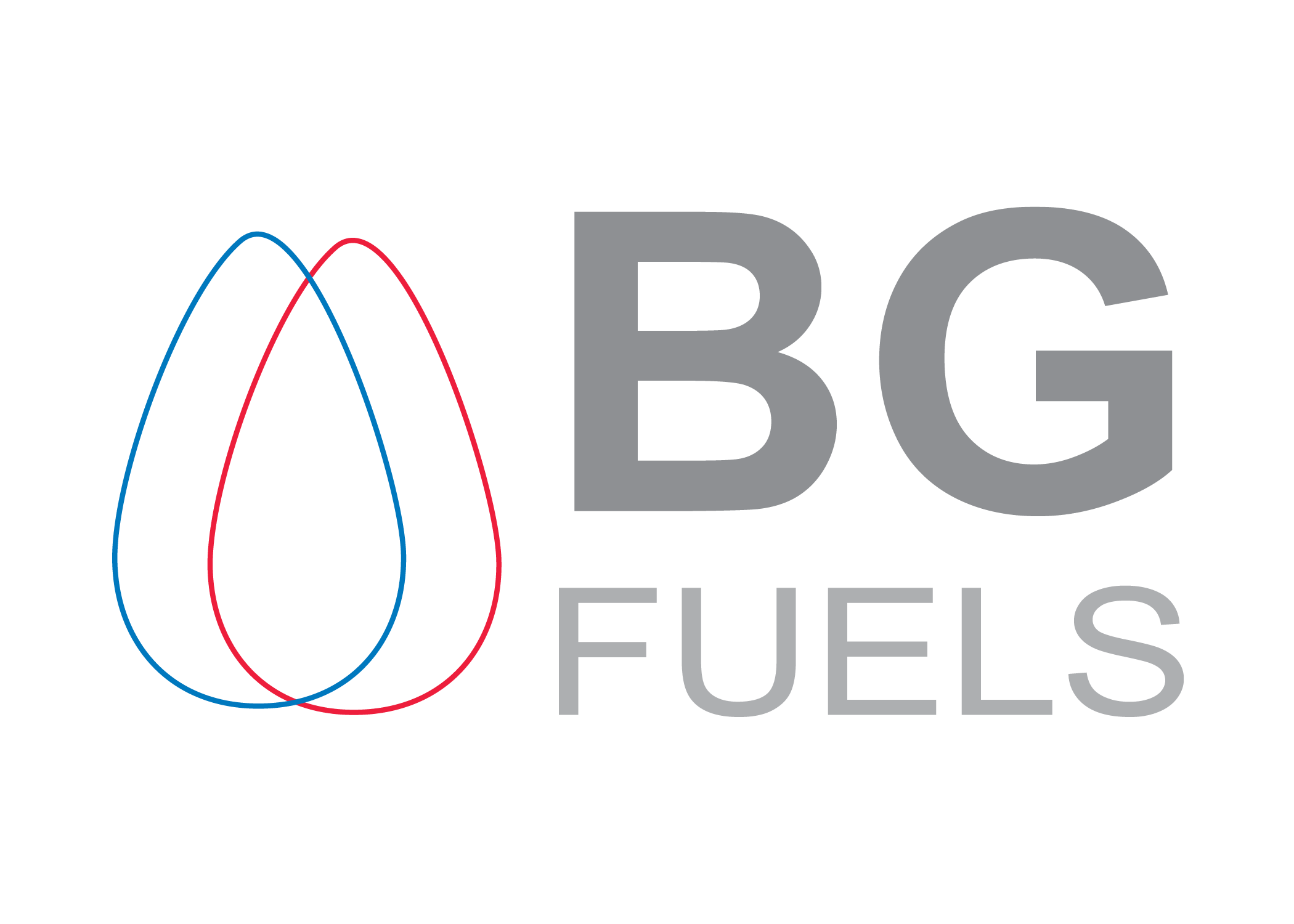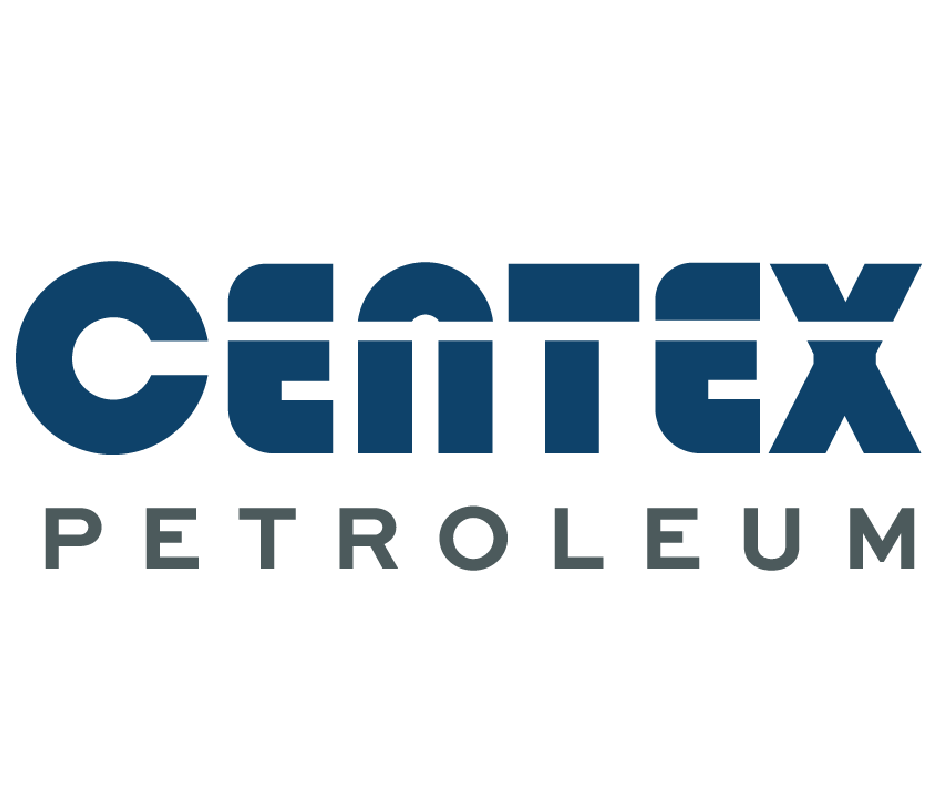ICE, ICE BABY | BY JOHN EICHBERGER
June 12, 2018
Alright, stop. Collaborate and listen. ICE (internal combustion engines) are here and they’re on a mission.
Like Vanilla Ice came under pressure from David Bowie and Freddie Mercury for “sampling” their technology, today’s ICE vehicles are likewise under pressure from fuel economy standards and the unrelenting drum beat of electrification which threatens to steal their market. But don’t count ICE out of the equation – there is a resurgence under way that should prove more fruitful than Vanilla’s effort to shift from rap to hardcore rock, then ultimately to high-end house flipping.
In an era when all headlines extol the coming electrification of the transportation market, and many are claiming the ICE is as efficient as it can get, in the labs and workrooms of the world’s auto makers, engineers have been working diligently on new designs and optimization strategies to squeeze out a few more miles per gallon. And their efforts are delivering results, which is good news for consumers.
Because, even if electric vehicles (fully battery powered and without an accompanying ICE) can gain 30% – 40% share of new vehicles sold in the next 20 years, that still means 60% – 70% of new vehicles will be powered by some sort of combustion engine. The more efficient that engine, the better for consumers.
And progress is being made.
Here is a sample of what we are seeing:
• Mazda has announced the introduction in 2019 of Skyactive X – a spark-controlled compression ignition gasoline engine. This system is designed to squeeze a gasoline-air mixture so tightly that it will auto-combust (like diesel fuel), delivering perhaps up to 40% greater thermal efficiency than a traditional spark-ignition engine. The reason a spark is used at all is simply to control timing to ensure that preignition (aka knock) doesn’t damage the engine. This technology has been a target for engineers for decades and it seems that Mazda has cracked the code. (I wonder if the designs were hidden in the Castle Anthrax?)
• Nissan has already introduced in some of its Infiniti models a variable compression ratio turbo engine. What does this mean? It means that an engine can modify the compression ratio of its operation to maximize efficiency under different operating loads and requirements. In other words, when the engine needs more power and performance, it will deliver. When it can cruise at a lower power level, it will do so. In fact, this engine can shift ratios from 8:1 all the way to 14:1. Nissan reportedly has been working on this engine for 20 years and has incorporated more than 300 patents under the hood of these vehicles.
• Auto engineers throughout the industry are playing around with intake valve timing to adjust the amount of fuel-air mixture introduced into the piston chamber to ensure that less energy is required (and less wasted) to complete the power stroke of the piston. Unfortunately, this results in decreased power and, when a driver needs to punch it, could yield suboptimal performance. So different companies are pairing such engine designs with either a turbo charger to restore power when needed or with a hybrid battery system that will boost power when needed.
• Other auto companies are hyper-focused on optimized engine design that would maximize efficiency when operating on a specific, higher-octane fuel. This strategy may require an adjustment to fuel production and distribution to ensure the appropriate fuel is available when these engines hit the market, but the strategy could result ultimately in a 15% – 20% efficiency boost when all enabled technologies are loaded. In addition, advancements in transmission design are yielding great benefits. My first vehicle was a 1974 Chevy Luv with a four-speed manual transmission.
I have since had vehicles with five and six-speed manuals and five and six-speed automatics.
Today, seven, eight and 10-speed automatics are becoming common options and continuously variable transmissions are getting better every year. Each improvement delivers greater efficiency.
What does this mean? In an age of repeated announcements by governments and auto companies relating to a full transition to an electrified market, you have to look at the details and the fundamentals developing behind the scenes. These announcements almost always incorporate a role for hybrid vehicles, which run on traditional liquid fuels running through an internal combustion engine. Advancements in ICE boost efficiency of these hybrid systems and can prolong the market life expectancy of liquid fuels.
Will the fuels market have to adjust formulations? Perhaps. There is a lot of momentum building behind a move to boost fuel octane to enable more efficient engine design, but some of the advancements I mention above are not dependent upon a higher-octane fuel. They deliver enhanced performance and efficiency using regular 87 AKI fuel, but I suspect we will have to figure out ultimately how to manage a transition to a higher-octane fuel.
Hence, while everyone is looking at the trends towards electrification and autonomous vehicles, there remain those who continue to crank out more efficient and higher performance ICE technologies, and that is very important. Because, no matter how much investment is made in the EV market, ICE are going to be here a very long time and these improvements will not only benefit consumers, they will contribute to a longer life expectancy for this technology.
As Vanilla would say, “Word to you mother.”





















